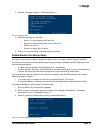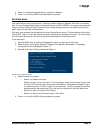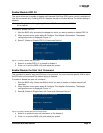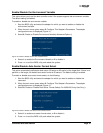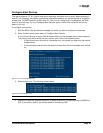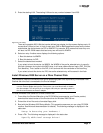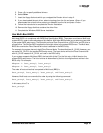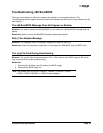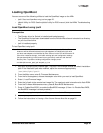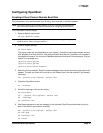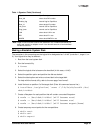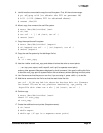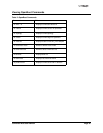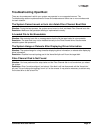
Combined Boot User Manual Page 24
9. /dev/fd must be unmounted to copy the root file system. First, kill the volume manger.
# ps -ef|grep vold (to obtain the PID or process id)
# kill -9 PID (where PID is obtained above)
# umount /dev/fd
10. Mount, copy, then unmount the usr2 file system.
# mount /dev/dsk/c1t1d0s6 /usr2
# cd /usr
# tar cvf - * | ( cd /usr2; tar xf -)
# umount /usr2
11. Copy the export/home file system.
# mount /dev/dsk/c1t1d0s7 /export2
# cd /export# tar cvf - * | (cd /export2; tar xf -)
# umount /export2
12. Copy the root file system by first building a file list.
# cd /
ls -a > root_copy
13. Use the vi editor to edit root_copy and delete all entries that refer to mount points.
., .., usr, tmp, proc, export, root2, export2, usr2, opt (if a separate mount point)
and any other apparent filesystems displayed by the df command. Your goal in editing this file is
to have the root_copy point to system files on the root directory without pointing to mount points.
14. Join file names so that they are on one line; if you are using vi, press <shift> <j> to do this.
15. Add the tar command to the file list so that the result looks like this:
tar cvf - TT_DB arg bak bin cdrom dev devices doit etc firmware
fun kernel lib mnt mt net platform .Xauthority .cpr_config .dt
.dtprofile sbin timer var x xfn | (cd /root2; tar xf - )
16. Perform copy.
# mount /dev/dsk/c1t1d0s0 /root2
chmod 777 root_copy
sh root_copy
17. Create the additional mount points (filesystem names).
# cd /root2
# mkdir export
# mkdir opt (if opt is a separate mount point)



